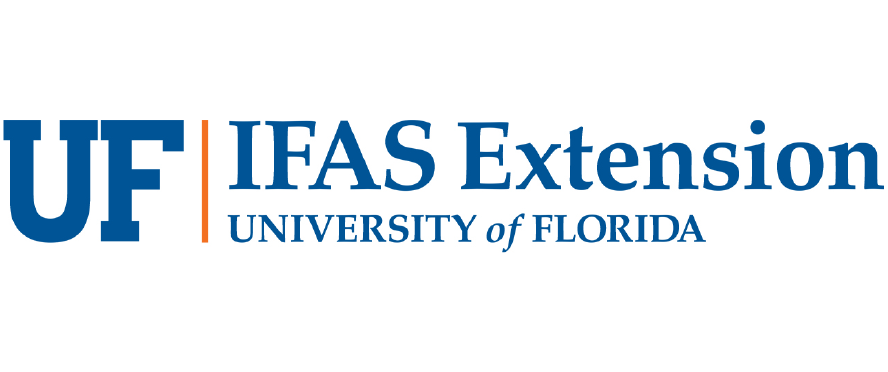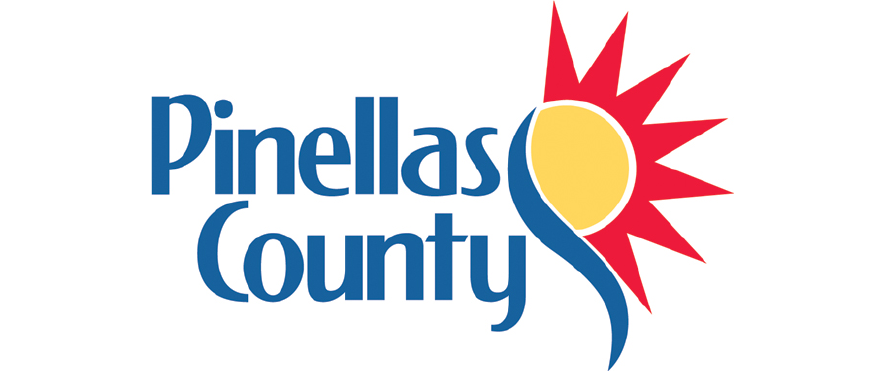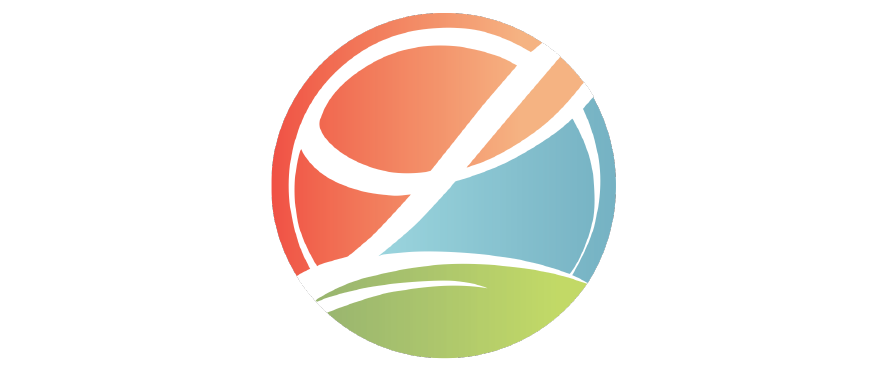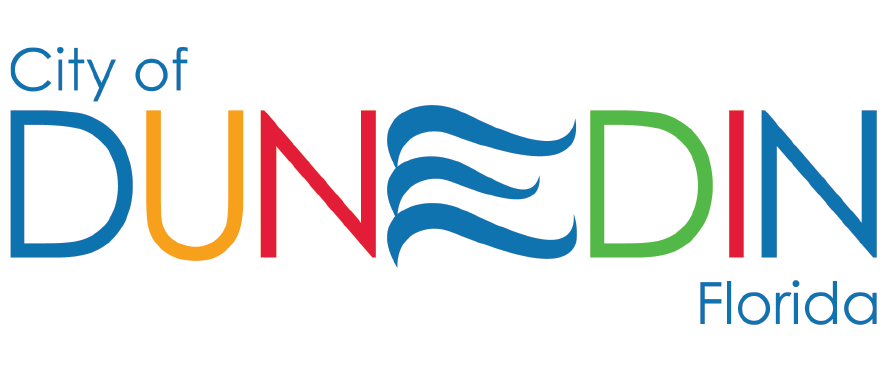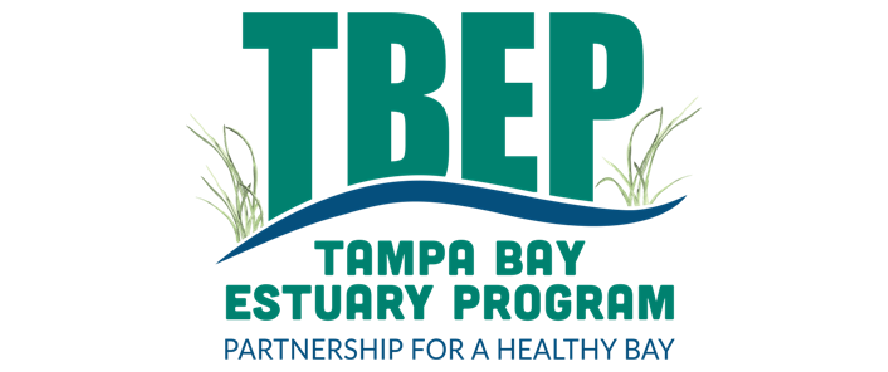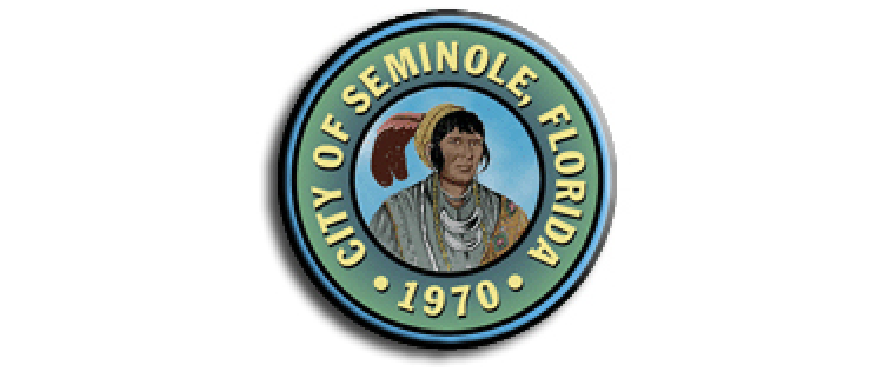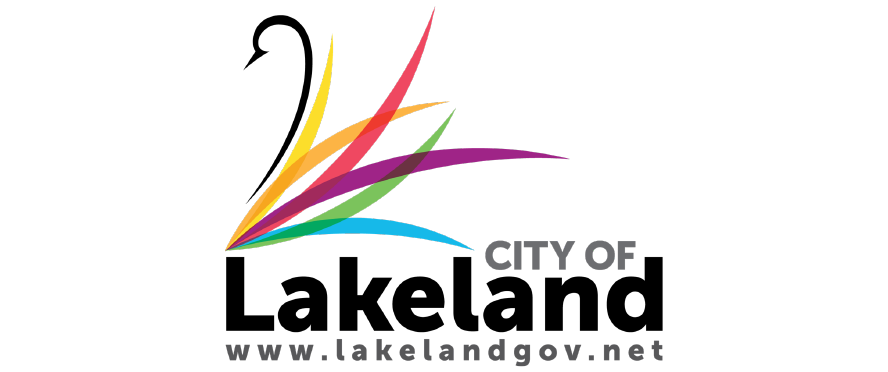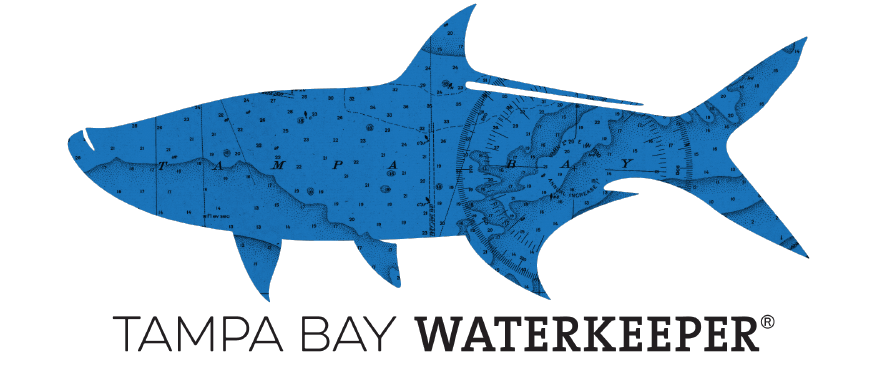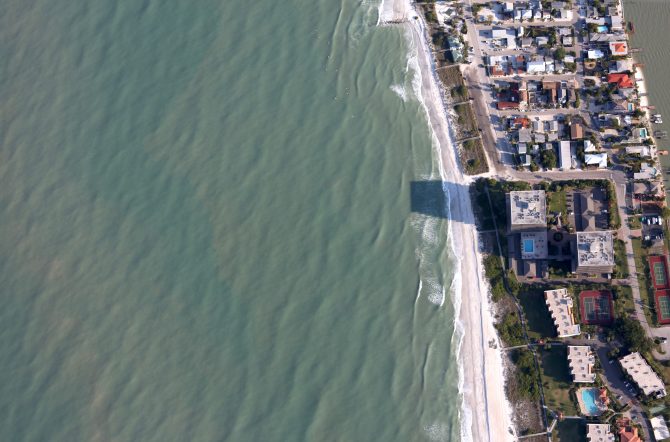Stormwater Stewardship Month
Join us this May in celebrating Stormwater Stewardship Month in the Tampa Bay region! This month-long campaign is dedicated to educating residents and visitors about stormwater runoff, common sources of pollution, and what we can all do to help. Organized by the Tampa Bay Regional Planning Council (TBRPC), in collaboration with local governments, partner organizations, and the University of Florida Institute of Food and Agricultural Sciences (UF IFAS), the campaign aims to raise awareness about the importance of stormwater management and our collective role in protecting the environment.
Most stormwater—water from rain—travels across land and paved surfaces into storm drains. From there, it moves through underground pipes and open channels, eventually reaching our streams, rivers, and lakes.
Improving the quality of our stormwater has a huge impact on both our communities and ecosystems. Education plays a key role—most residents don’t realize that stormwater is not treated before it enters our local waterways.
Throughout May, themed weeks will highlight simple actions everyone can take to reduce pollution and manage stormwater more effectively.

How You Can Get Involved
- Access Ready-to-Use Educational Resources: We’ve created a variety of graphics and materials for local governments and organizations to use throughout the themed weeks of Stormwater Stewardship Month. These free, easy-to-share tools will help you spread the word about stormwater stewardship in your community.
- Post and Share the Materials: Use the provided content on social media, your website, or in newsletters. Amplify the message and help others understand the importance of minimizing stormwater pollution.
- Create Local Campaigns and Events: Go a step further by organizing your own stormwater-related activities. Host a community cleanup, lead a workshop, or collaborate with other organizations to create engaging events that promote stormwater awareness and action.
Sign the Pledge: Review the responsibilities of a true Stormwater Steward and pledge to things that can make a difference.
Stormwater stewardship is not just a local issue—it’s a regional responsibility.
By working together, we can ensure future generations in the Tampa Bay area have access to clean water and healthy ecosystems.
Week 1: What is Stormwater & The Path of Stormwater Runoff
We’ll kick off the month by explaining what stormwater is and how it moves through our communities. Stormwater runoff occurs when rain or melted snow flows over impervious surfaces like roads, driveways, and rooftops, picking up pollutants along the way. We’ll also clarify the difference between stormwater runoff and storm surge—a rise in sea level due to storms, especially hurricanes. Understanding the path of stormwater and how it differs from other water-related events will help us better manage it and reduce pollution in our local watersheds.
Week 2: The Impacts of Stormwater Runoff
This week focuses on the environmental and public health impacts of polluted runoff. As rainwater flows over developed areas, it picks up harmful substances like chemicals, fertilizers, pet waste, and trash. These pollutants flow untreated into waterways, threatening aquatic life and affecting our drinking water, recreation, and fishing. Stormwater runoff can contribute to algal blooms, which reduce oxygen levels in the water, harming fish and other wildlife. Educating the public about the impacts of runoff motivates residents to be a part of the solution and not the problem.
Week 3 & 4: Common Stormwater Problems and Solutions
During weeks 3 and 4, we’ll share common contributors to stormwater pollution and how to address them, including yard debris, pet waste, pool water, trash, and fertilizers, and share actionable solutions Everyone has a role to play, from adjusting daily habits to properly disposing of waste. These practical tips make stormwater stewardship accessible to all.
Frequently Asked Questions About Stormwater
Stormwater runoff occurs when rainwater flows over impervious surfaces, picking up pollutants like trash, chemicals, pet waste, and fertilizers. This untreated water flows into our local waterways, negatively impacting the health of our environment and community. By understanding stormwater stewardship, we can all take action to protect our water resources and ecosystems.
Stormwater Stewardship Month is a regional campaign held in May in the Tampa Bay area to raise awareness about stormwater runoff and its impact on the environment. The month-long event, organized by the Tampa Bay Regional Planning Council (TBRPC) in collaboration with local organizations, educates residents and visitors on how to reduce pollution and manage stormwater more effectively.
The educational materials are available for everyone to use, including local governments, organizations, schools, businesses, and individuals. Whether you’re a community leader, educator, or simply someone who wants to help spread the word, these free resources are designed to make it easy for anyone to participate in promoting stormwater awareness and stewardship. Feel free to add your logo and share them on social media, in newsletters, or at local events!
There are several ways to participate:
- Use Educational Resources: Share graphics, materials, and social media content to spread awareness.
- Post and Share: Amplify the message on your social media or website to educate others.
- Talk About It: Initiate conversations with family and friends and share what you know about stormwater.
- Host Events: Organize community cleanups and workshops, or collaborate with others to create engaging events focused on stormwater awareness.
Sign the Pledge: Review the responsibilities of a true Stormwater Steward and pledge to things that can make a difference.
Each week of May focuses on a different aspect of stormwater management:
- Week 1: What is Stormwater & The Path of Stormwater Runoff
- Week 2: The Impacts of Stormwater Runoff
- Weeks 3 & 4: Common Stormwater Problems and Solutions
Stormwater runoff can carry pollutants like fertilizers, oil, pet waste, and trash into waterways. These pollutants can harm aquatic life, reduce water quality, and contribute to issues like algal blooms, which can affect the health of fish and other wildlife. The runoff can also negatively impact our drinking water and recreational activities.
While it is possible for stormwater to be treated, most stormwater runoff in the Tampa Bay region is not treated before entering local waterways. This is why it is so important for residents to reduce pollution at the source by properly managing waste, using fertilizers responsibly, and maintaining their property to prevent runoff.
Common sources of stormwater pollution include:
- Yard debris (grass clippings, leaves, branches)
- Pet waste
- Fertilizers and pesticides
- Household chemicals
- Trash and litter
- Chlorinated pool water
You can reduce stormwater pollution by:
- Properly disposing of yard debris and pet waste
- Following directions when applying harmful chemicals on your lawn and garden
- Not dumping chlorinated pool water into storm drains
- Picking up trash and not littering
- Installing rain gardens or permeable pavements to reduce runoff
The campaign offers ready-to-use educational resources such as graphics, posters, and social media content. These materials are available for free and can be shared through your social media platforms, websites, or newsletters. Just click the images above to access the full folder with editable and ready to post graphics and captions!
Organizations can help by using the educational resources provided, sharing information through their networks, and organizing events or activities that promote stormwater stewardship. You can also collaborate with local governments or partner organizations to amplify the message and impact.
While both are water-related events, stormwater runoff occurs when rainwater flows across impervious surfaces and picks up pollutants, whereas storm surge is a rise in sea level due to storms like hurricanes. Understanding the difference helps communities better manage both issues and reduce pollution in waterways.
Polluted stormwater runoff can contain harmful substances like chemicals, bacteria, and trash, which can contaminate drinking water supplies and increase the risk of waterborne diseases. Also, stormwater runoff can contain high amounts of nutrients from fertilizers, dog waste, and yard debris, contributing to algal blooms, which produce harmful toxins. Managing stormwater runoff helps protect both the environment and public health.
